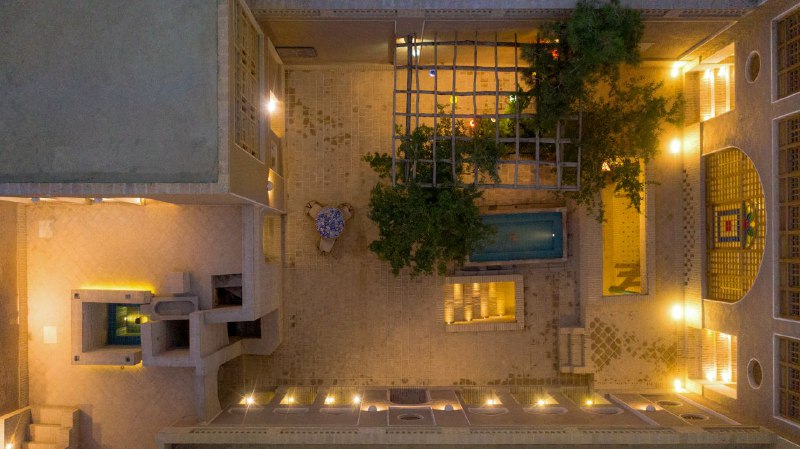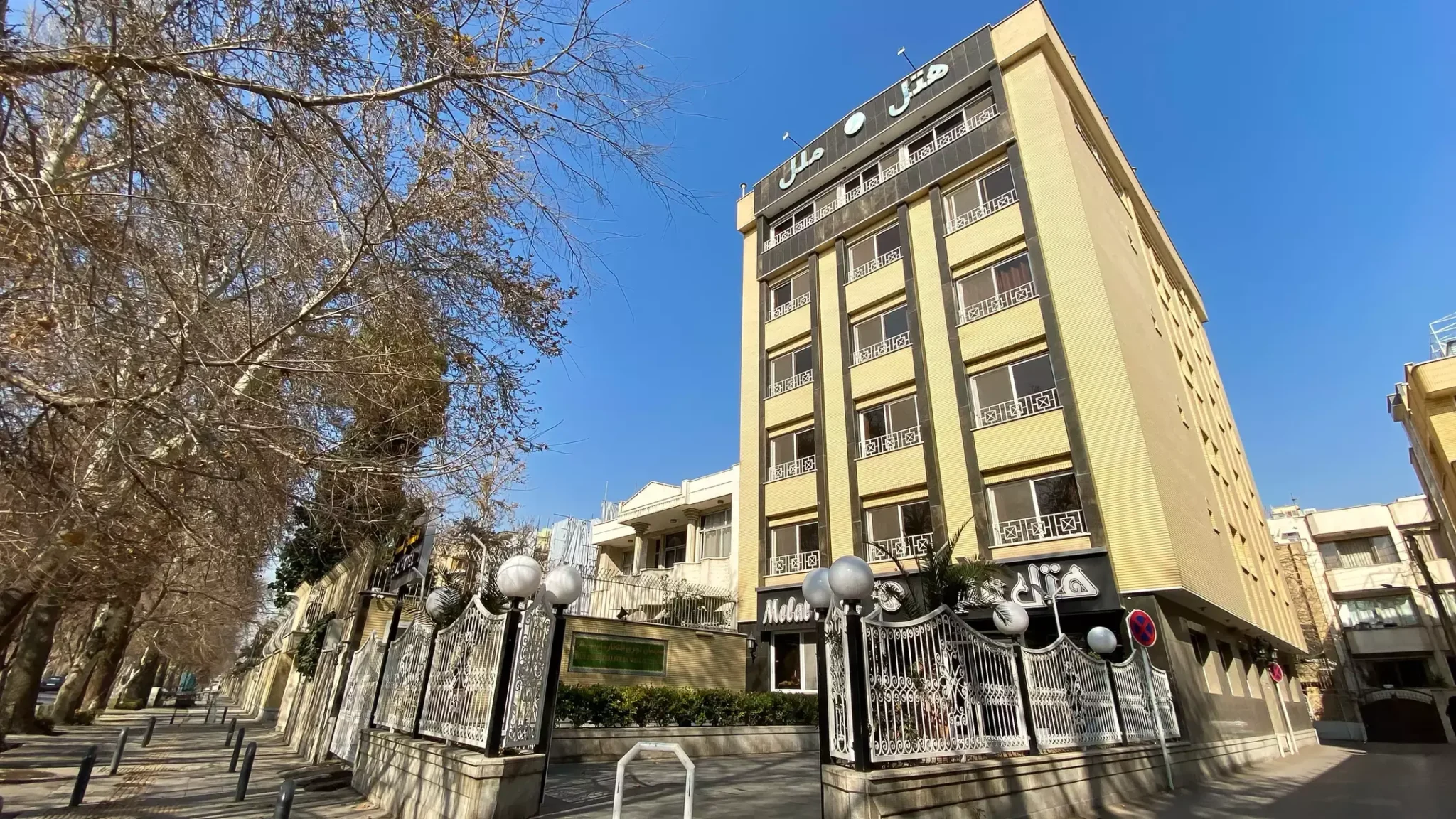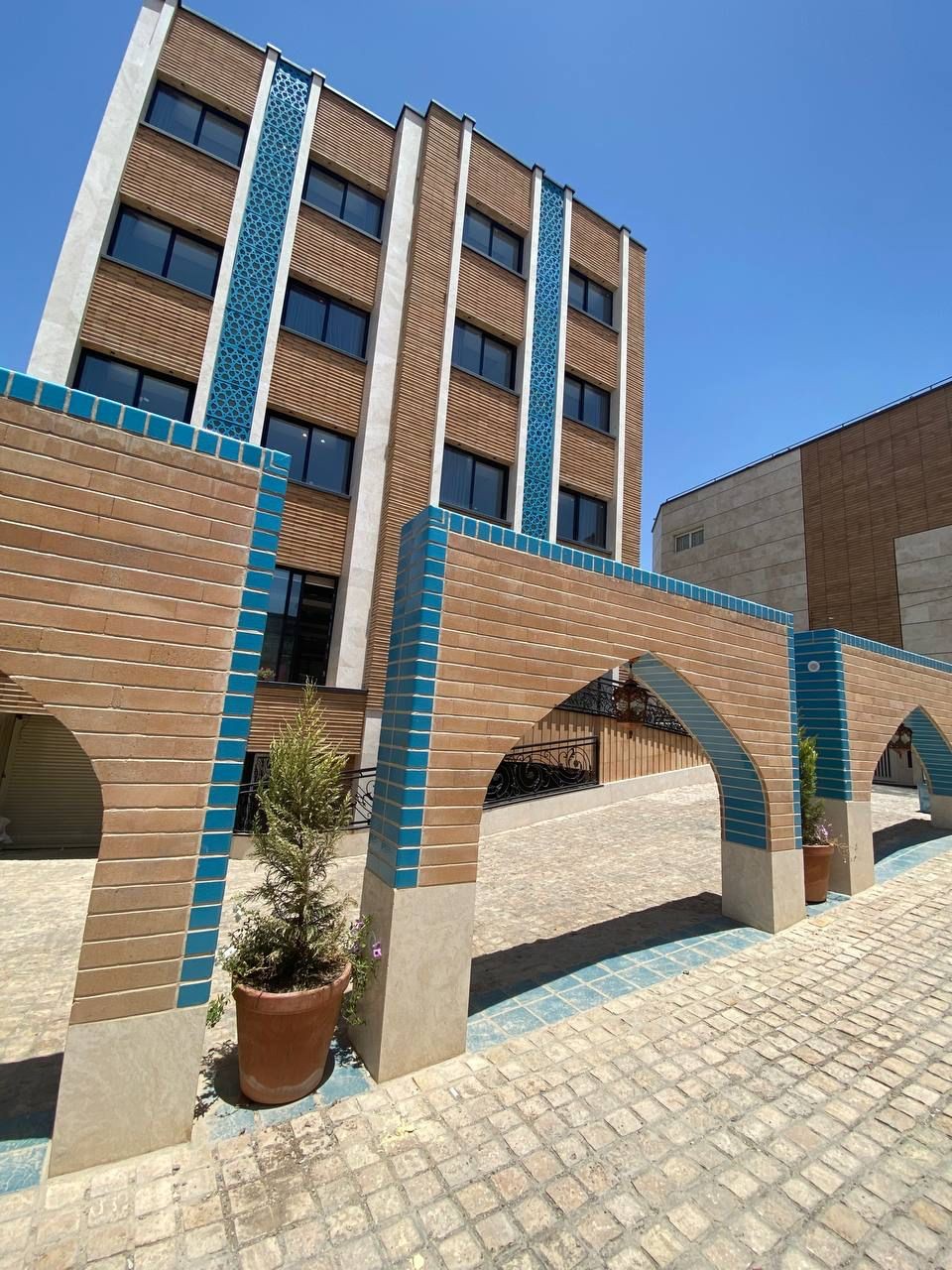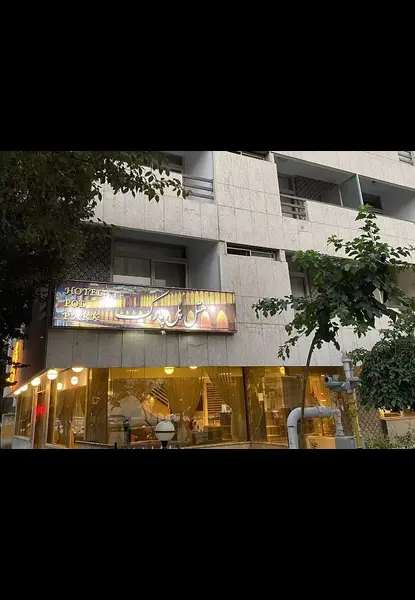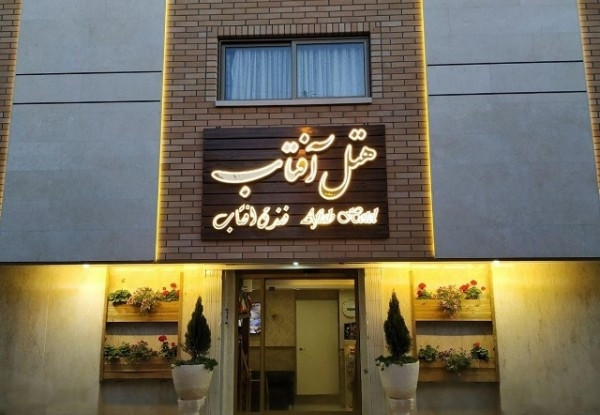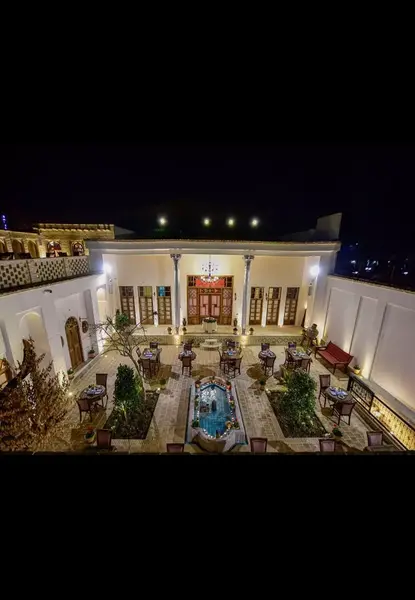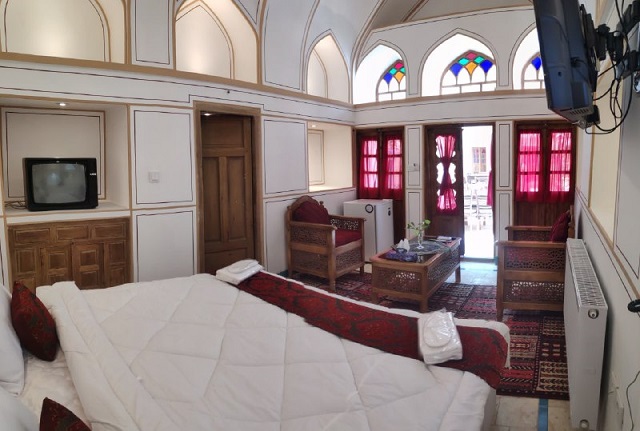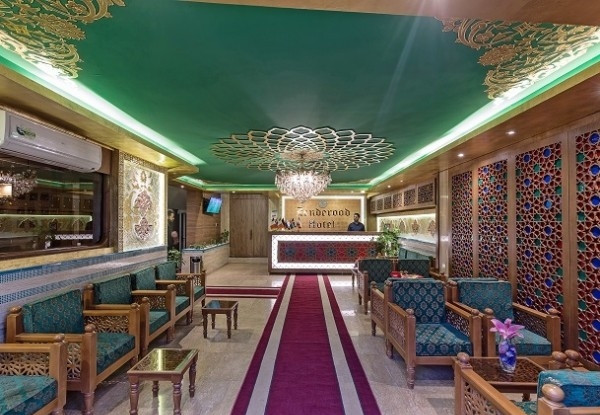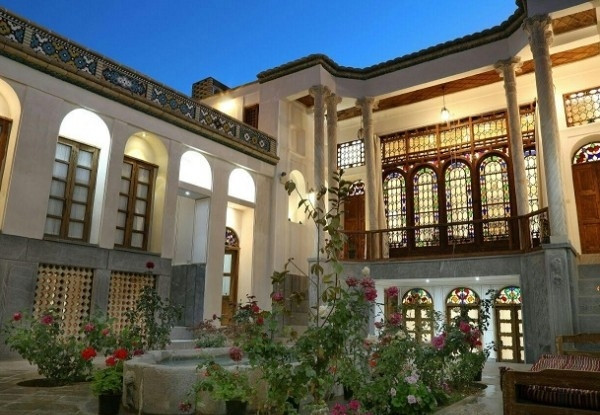How Safe Is Iran? A Deep Dive Into Safety, Reality, and Perception
Iran is one of the most fascinating and misunderstood countries in the world. A land of ancient history, vibrant culture, and breathtaking landscapes, it’s also a place often viewed through the lens of geopolitical tension and media narratives. For many potential travelers, the question of security looms large: Is it safe to visit Iran?
The reality is far more nuanced than the headlines suggest. Iran is not a war zone, nor is it plagued by the kind of instability seen in some other parts of the region. In fact, for most visitors, Iran is overwhelmingly safe, hospitable, and enriching. This guide explores every angle of the question—addressing safety, myths, and practical tips so you can make an informed decision.

First, Let’s Address the Elephant in the Room: Iran’s Reputation
Iran’s global image is heavily shaped by politics and media, which often focus on its strained relations with Western countries, domestic protests, and sanctions. To many outsiders, it feels like a turbulent, inaccessible place—dangerous even. But step into Iran, and you’ll discover a completely different reality.
Most travelers who visit Iran are struck by how safe and welcoming it feels. The disconnect between Iran’s political reputation and the lived experience of locals and visitors is staggering. While you should always be mindful of the country’s unique laws and cultural norms, the overwhelming majority of people who visit Iran describe feeling not only safe but deeply touched by the warmth and hospitality of its people.
What Kind of Safety Concerns Are We Talking About?
If you’re considering visiting Iran, there are a few key assurance aspects to think about: crime, political stability, women’s safety, and practical challenges like transportation. Let’s break it all down.
1. Crime Levels in Iran
Iran has one of the lowest rates of violent crime in the region, and even compared to many Western countries, it’s remarkably peaceful. You won’t find the kind of gun violence or street crime that can be an issue in some parts of the world.
That said, petty crimes like pickpocketing can occur in crowded areas (think bazaars or public transport), but they’re not widespread. Common sense precautions—keeping your belongings secure and avoiding flashing expensive items—are usually more than enough to stay safe.
2. Civil Unrest and Protests
Iran does experience periodic protests, often linked to domestic issues like the economy or political freedoms. These are typically localized and unlikely to affect tourists, but the government’s response can sometimes be forceful. As a visitor, it’s best to steer clear of any demonstrations or political gatherings.
Keep an eye on the news before and during your trip. If protests are happening, avoid city centers where they’re likely to occur. The good news is that tourist sites, historical landmarks, and cultural centers are rarely affected by such events.
3. Terrorism Risk
Despite being in the Middle East, Iran is not a hotbed for terrorism. In fact, it’s one of the more stable countries in the region. The government maintains strict security measures, and attacks targeting civilians or tourists are extremely rare.
4. Women’s Safety
For female travelers, Iran is often much safer than expected. Women—both locals and visitors—are treated with respect, and harassment is uncommon compared to many other countries. That said, Iran is a conservative society with strict dress codes and social norms for women.
Women are required to cover their hair with a headscarf, wear long sleeves, and avoid tight or revealing clothing. While this might feel restrictive at first, many female travelers report feeling safer because of the cultural norms around modesty. Solo female travelers often describe Iran as one of the most hospitable and welcoming places they’ve visited.
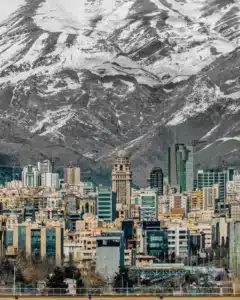
Hospitality: The Heart of Iranian Culture
If there’s one thing nearly every traveler to Iran agrees on, it’s the extraordinary kindness and hospitality of its people. Iranians are known for going out of their way to make visitors feel welcome. You might be invited into someone’s home for tea or a meal, offered directions with a smile, or even gifted small tokens of friendship by strangers.
This hospitality stems from a deep cultural tradition called taarof, a form of politeness and generosity that’s central to Iranian society. For many travelers, these human connections are the highlight of their trip—and a stark contrast to the stereotypes they might have heard before visiting.
What About Transportation and Road Safety?
Driving in Iran
If there’s one area where immunity can be a challenge in Iran, it’s the roads. Driving in Iran, especially in big cities like Tehran, can feel chaotic if you’re used to orderly traffic. Lane markings are often ignored, and drivers can be aggressive. If you’re not confident navigating this environment, it’s best to rely on professional drivers or public transportation.
Public Transport
Public transport in Iran is generally safe, reliable, and affordable. Buses and trains are a great way to travel between cities, and within cities, ride-hailing apps like Snapp (Iran’s equivalent of Uber) are widely available and convenient. Taxis are also common but make sure to agree on a fare before starting the ride.
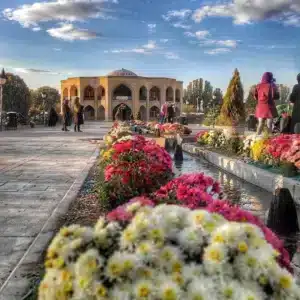 Cultural and Legal Considerations: What You Need to Know
Cultural and Legal Considerations: What You Need to Know
Iran’s safety isn’t just about crime or politics; it’s also about understanding and respecting the country’s unique cultural and legal landscape. Here are some key things to keep in mind:
1. Dress Code
Iran’s Islamic dress code applies to everyone. Women must wear a headscarf and loose, long clothing, while men should avoid shorts and sleeveless shirts. While the rules might seem strict, they’re easy to adapt to, and most travelers find that locals are understanding of cultural differences.
2. Alcohol and Drugs
Alcohol is banned in Iran, and drug laws are extremely strict. Do not attempt to bring alcohol or drugs into the country, and avoid any illegal activities during your stay.
3. Photography
Be cautious about where you take photos. Military installations, government buildings, and some religious sites are off-limits. Always ask for permission before photographing people, especially women.
4. Currency
Due to international sanctions, foreign credit and debit cards don’t work in Iran. You’ll need to bring cash (usually euros or US dollars) and exchange it for Iranian rials once you’re there.
Areas to Avoid
While most of Iran is safe for tourists, there are a few regions to approach with caution or avoid altogether:
Border Areas: The regions near Afghanistan, Pakistan, and Iraq can be less secure due to smuggling activities and occasional unrest. These areas are not tourist destinations, so there’s little reason to visit them.
Military Zones: Avoid any areas marked as military zones, as entering them could lead to serious legal trouble.
Myths vs. Reality: Clearing Up Misconceptions
Let’s tackle some common myths about Iran and its safety:
Myth: Iran is unsafe because it’s in the Middle East.
Reality: Iran is one of the most stable and peaceful countries in the region. Its crime rates are lower than those of many popular travel destinations.
Myth: Americans and Westerners are not welcome.
Reality: Iranians are incredibly friendly to foreigners, regardless of their nationality. Many locals are eager to engage with Western visitors and share their culture.
Myth: Women can’t travel safely in Iran.
Reality: Women—both solo travelers and those in groups—often report feeling safe and respected in Iran, as long as they follow local customs.

Practical Safety Tips for Traveling to Iran
Stay informed: Keep an eye on local news and register with your embassy if possible.
Respect the culture: Follow the dress code and be mindful of local customs.
Use licensed transportation: Stick to ride-hailing apps like Snapp or official taxis.
Carry cash: Since credit cards don’t work in Iran, bring enough cash to cover your trip.
Avoid protests: Steer clear of political gatherings or demonstrations.
Final Thoughts: Is Iran Safe?

The short answer: Yes, Iran is safe for most travelers. While it’s important to be mindful of the country’s unique laws, customs, and occasional political issues, Iran is far from the dangerous place it’s often portrayed to be. Visitors are consistently surprised by how peaceful, welcoming, and enriching their experiences in Iran turn out to be.
From the ancient ruins of Persepolis to the stunning mosques of Isfahan, and from the bustling bazaars of Tehran to the deserts of Yazd, Iran offers an unforgettable journey. If you’re willing to approach the country with an open mind and respect its culture, you’ll likely come away with not only incredible memories but also a deeper appreciation for its people, history, and complexities.
| Category | Details | Tips for Travelers |
|---|---|---|
| Crime Levels | Low rates of violent crime; petty theft can occur in crowded areas. | Keep valuables secure, avoid flashing expensive items. |
| Civil Unrest & Protests | Protests happen occasionally, but are typically localized. | Avoid demonstrations or political gatherings; monitor local news. |
| Terrorism Risk | Extremely low risk of terrorism; Iran is one of the most stable countries in the region. | No specific precautions needed beyond general vigilance. |
| Women’s Safety | Women are treated with respect, but must follow strict dress codes. | Wear a headscarf, long sleeves, and loose-fitting clothing; solo travel is safe. |
| Hospitality | Iranians are famous for their warmth and hospitality. | Be open to invitations for tea or meals; embrace cultural exchanges. |
| Driving & Transportation | Driving is chaotic, especially in cities; public transport is safe and reliable. | Use ride-hailing apps like Snapp or licensed taxis; avoid driving unless experienced. |
| Cultural Norms | Islamic dress codes apply; alcohol and drugs are strictly forbidden. | Respect the laws, dress modestly, and avoid public displays of affection. |
| Currency | International credit cards don’t work due to sanctions. | Bring cash (euros or USD) and exchange it locally. |
| Photography | Restrictions on photography near military or government sites. | Always ask for permission when photographing people or sensitive areas. |
| Areas to Avoid | Border regions near Afghanistan, Pakistan, and Iraq; military zones. | Stick to major cities and tourist destinations; follow official travel advisories. |
| Public Perception | Misunderstood as unsafe due to media portrayals. | Approach with an open mind; locals are generally welcoming to all nationalities. |

